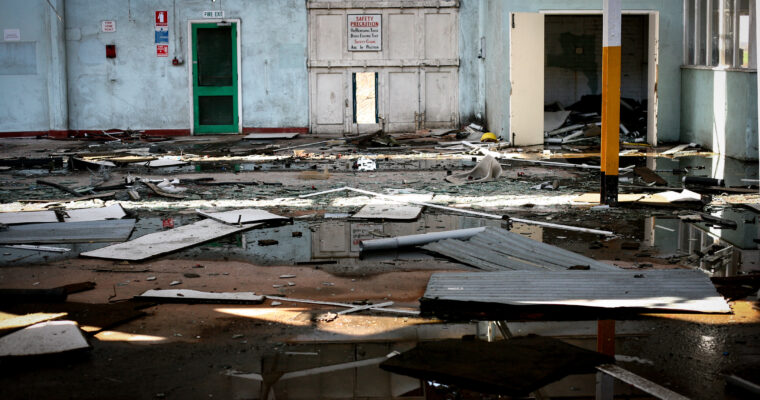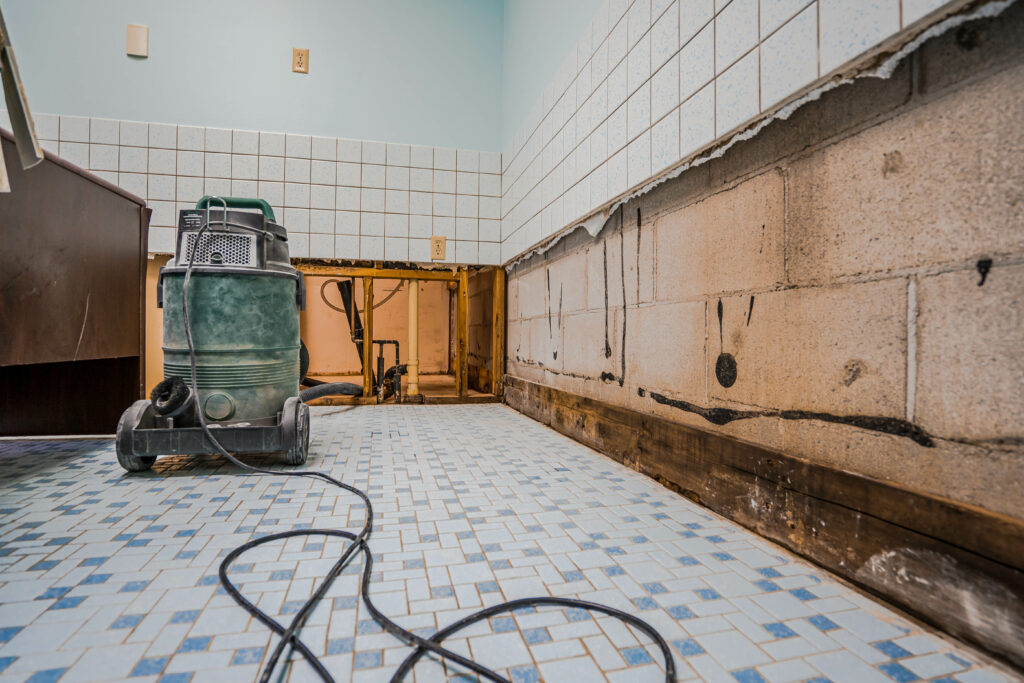6 Tips For Dealing With Commercial Water Damage
Water damage is one of the most common problems every property owner faces. Often, it happens unexpectedly due to a storm that causes a flood or a cold front that can freeze water pipes and cause them to burst.
Whatever the reason might be, this damage can seriously affect your property. Water damage can also pose health risks to your employees, customers, and tenants. Fortunately, there are several ways to handle water damage swiftly, so that your property can be restored and your business can continue operating safely.
Here are six tips for dealing with commercial water damage:
- Find The Source Of The Damage
One of the most proactive ways of dealing with water damage is addressing the source. This will stop any more damage from occurring and allow you to focus on repairing the issue. If there are leaking or busted pipes or sprinkler systems from the roof, be sure to turn off the main valves until they can be fixed.
You should then contact professionals from trusted providers like www.waterdamagespecialist.com.au to repair the water system. If the damage is caused by a weather event such as flooding after a hurricane or heavy rainfall, you can use a water vacuum or a wet and dry shop vacuum to remove the water from the area. In either case, make sure that there’s no new round of water making its way onto the property.
- Turn Off The Electricity
If you’re dealing with a calamity that brings water damage such as floods, hurricanes, and monsoons, you must turn off the electricity on your property. You should do this by turning off the fuse or main power source itself. Most importantly, don’t touch or turn on electrical appliances, especially during a flood and when the water damage is still being sorted out on your property.
- Dry Out Everything
Take as many movable items as you can to the outdoors where they can be dried. This includes furniture such as meeting couches, chairs, desks, and carpets. Additionally, you can make use of ventilation, dehumidifiers, and HVAC units to quicken the drying process of the room and reduce moisture and humidity.
Drying your commercial property as soon as possible is crucial to prevent water from seeping into the internal structure and causing wooden materials to rot or cause mold growth and attract other microbes to the floor, walls, and fabrics. Preventing mold will also save you from an expensive removal or restoration process if it ends up damaging the building.
- Save Your Valuables
When water gets into a commercial building, chances are there will be valuable equipment and machinery that needs to be rescued to prevent any further damage. Thus, you should begin taking your valuable assets out. Machinery that can’t be removed should ideally be disassembled into parts that can be dried out individually.
Start with any electrical devices such as computer monitors, hard drivers, scanners, and printer servers, including machines and routers once they’ve been switched off at the plug. If your property is a store, take out the sellable items and discard any organic products and stock that have been dampened by water. Make sure to pile all important documents and files into a box, so they can be dried and reorganized if they’ve been damaged.
- Call Your Insurer
Once the cleanup process is complete, it’s important that you call your business insurer to inform them of the water damage. Take as many photos as you can as evidence to showcase the extent of the damage so you can get a proper assessment of the value of your insurance payout.
Most insurers will need this to prove that the water damage was caused by a sudden and unforeseeable event and not due to neglect. This can be written out in the insurance documents as a damage report so it can be negotiated with a contractor for repair costs.
- Wear Protective Gear During Cleanup
To protect your health and safety during the cleanup process, wear personal protective equipment or PPE before re-entering the property. This includes rubber gloves that can protect you when handling electrical devices, for instance.
Also, wear waterproof boots to keep yourself dry from raised water levels and prevent bacteria from contacting your skin. Additional items include a hard hat if busted ceiling pipes can cause rubble to fall down. In addition, use a protective face mask to prevent inhalation of dangerous mold spores.
Conclusion
Dealing with commercial water damage requires fast action to save valuable assets and minimize damage. You must also take precautions such as turning off electricity sources and saving valuable assets to reduce risky and very damaging situations.
All this needs to be done while you protect yourself with PPE equipment and prevent electrical and biological hazards. Most of all, don’t forget to contact professionals who can help trace the source of the water damage and fix underlying issues.








0